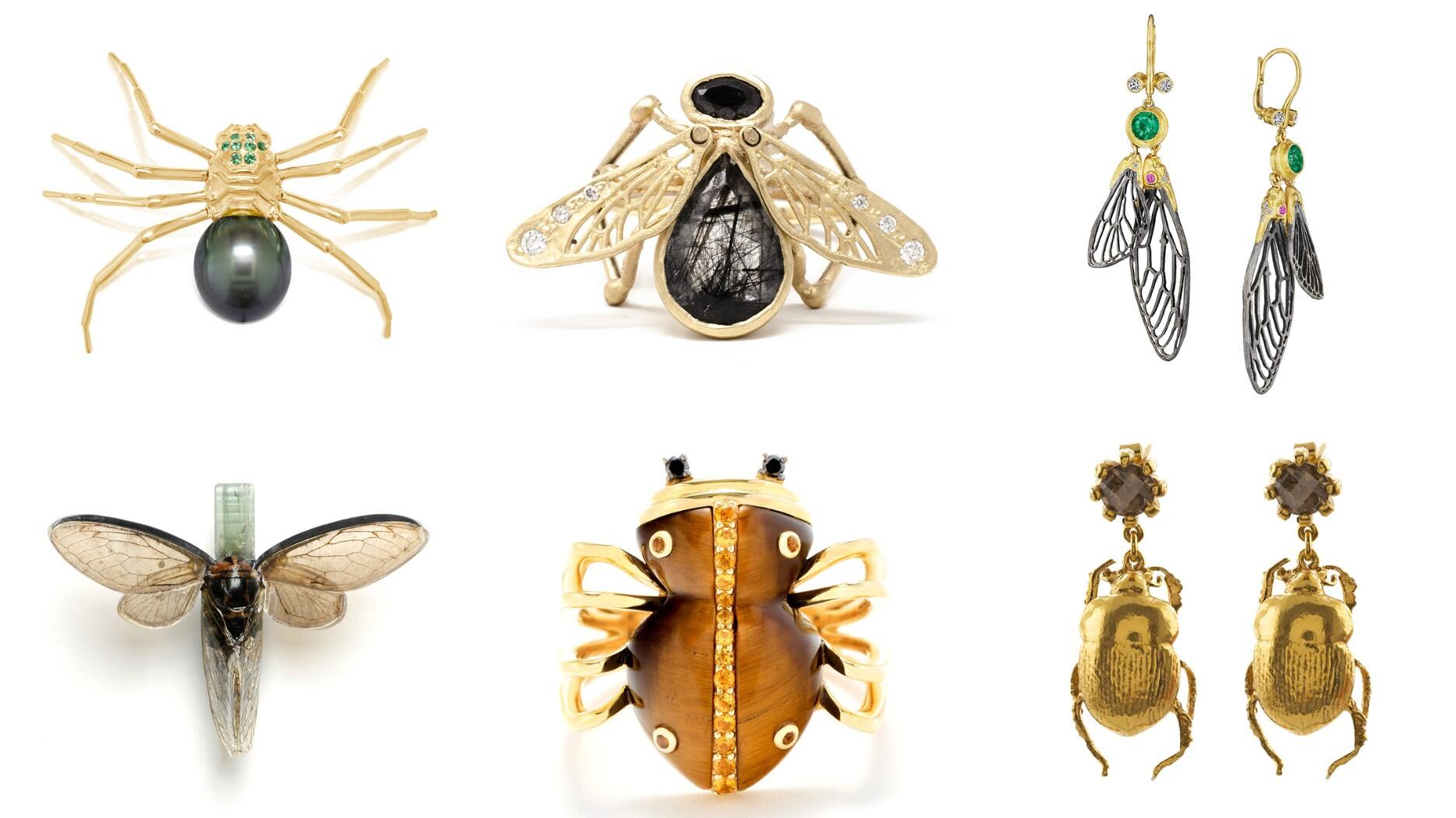The new pink sapphire version of the piece dances with its wearer in the brand’s “Icons After Dark” holiday campaign.
Forget the 4 C’s. Meet the 3 S’s.
A Silicon Valley startup wants to shake up the way consumers think about diamonds, and it’s got nothing to do with lab-grown stones.

How many times has the average engagement ring owner looked at their diamond through a jeweler’s loupe?
Personally, I haven’t once, and a new Silicon Valley-based startup is banking on the idea that most brides won’t.
“It allows the light that would normally leave the bottom of the diamond to be sent back up through the table,” explained Sparkle Cut CEO Jo Lawson when I met with her in January.
The result is a diamond that sparkles more than one would imagine based on its lab report.
“We think the 4 C’s are valuable because it’s a baseline. But … that baseline needs a jeweler’s loupe.” – Jo Lawson, Sparkle Cut CEO
The nano-cuts, which are approximately 1/50 the size of a human hair, are invisible not only to the human eye but also under 30x magnification. They don’t affect a stone’s carat weight, nor any of its graded characteristics.
I had the chance to see about a dozen Sparkle Cut stones in person—all J and K color, 1- and 1.5-carat round brilliant diamonds set in finished engagement rings— and they do appear to be much brighter and lighter, more consistent with the G-I color range.
“Our claim to fame is that we can take any diamond, no matter what the 4 C’s are, and make them look more spectacular,” said Lawson.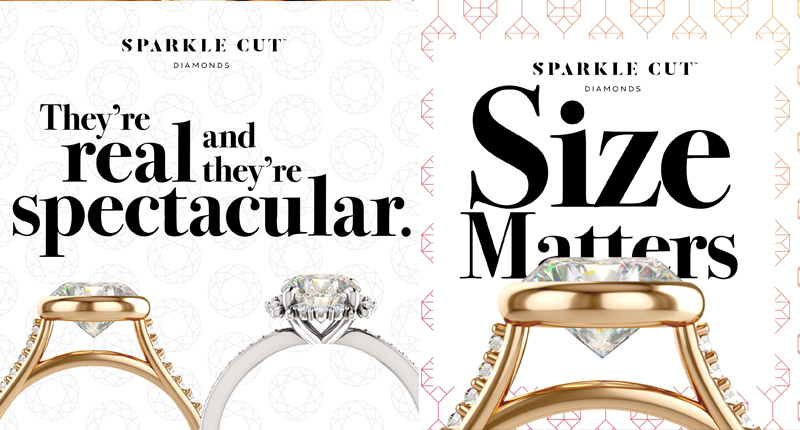
“We’ve found that brides care about size and sparkle. To keep the cost reasonable for a really highly graded, sparkly diamond means you typically have to sacrifice size.”
To battle this conundrum, Sparkle Cut wants consumers to focus on a different set of diamond-grading criteria, its trademarked 3 S’s—size, shape, and sparkle.
Lawson elaborated: “We love tradition and we think the 4 C’s are really valuable because it’s a baseline. But what we want to teach people is that that baseline needs a jeweler’s loupe and what they need to trust is how they feel about the ring. Seeing is believing. When I show people these diamonds they’re so surprised at how much they sparkle, (regardless of their grade).”
Sparkle Cut officially launched in November, selling directly to consumers on SparkleCut.com.
The site currently sells loose diamonds, finished diamond engagement rings via its online ring builder and diamond stud earrings.
All the stones are round brilliants between about 0.5-1.5 carats and most are in the J-K range, which the company says is the sweet spot for leveraging the most improvement and increased value with the sparkle cut technology.
The average retail price for an item on the site is between $3,000 and $10,000 but sales so far have ranged between $750 and $35,000, as Sparkle Cut allows for special orders for larger diamonds and settings not available on the website; the company also will apply the sparkle cut technology on a diamond that a consumer already owns.
This emphasis on customer service is indicative of how the company is approaching online-only sales—they want to make the experience as personal and high-touch as possible. Every piece sold comes with a lifetime warranty and can be returned in the first 40 days after purchase, no questions asked.
As the technology—which is native to the biotech and semiconductor industries develops, Sparkle Cut will move into fancy shapes, which Lawson predicts will be “super disruptive,” since they traditionally aren’t able to match the sparkle of a round brilliant.
Sparkle Cut hand-selects its diamonds from dealers in India before applying the sparkle cut technology in Florida, where it's legally headquartered. All of its stones are graded by either GIA or IGI.
Lawson said that other companies have tried similar techniques in the past, but none worked like Sparkle Cut. “There are others that do similar things,” she explained. “They cut around the pavilion, but you can see the cuts with the naked eye.”
GemEx, the company that quantifies and measures a diamond’s light performance, gave several Sparkle Cut diamonds its highest possible score.
"We scientifically measure the amount of sparkle a diamond generates,” explained GemEx CEO Randall Wagner. “A number of Sparkle Cut’s diamonds have achieved our highest sparkle rating, and many of their other diamonds are not far behind.”
One of Sparkle Cut’s best endorsements, though, is Lawson herself.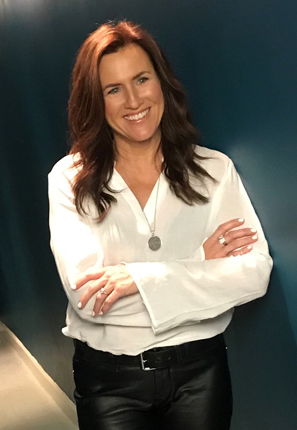
She spent a decade at Apple running global teams across communications, customer experience, and retail. After founder Steve Jobs died she moved to Movado where she launched the company’s wearables division.
Sparkle Cut brought Lawson out of retirement because she recognized, just as she was trained to at Apple, that the technology benefits the end user in a non-traditional way; rather than training consumers how to pick the most “ideal” diamond according to industry standards, Sparkle Cut aims to deliver consumers the diamonds they want at better prices.
“I come in from the technology and luxury goods side of it, but I’ve never been in diamonds,” Lawson said. “My first question is always: Do customers care and how does this help a customer? Because if customers don’t care, I don’t have to spend time on it.”
It’s an attitude that relies on innovation, rather than following industry formulas, a value shared by the company’s co-founders who recruited Lawson: Pat Hopf—a venture capitalist and entrepreneur executive who specializes in early-stage companies disruptive to their industries, such as the Sleep Number bed—and Mark de Naray—Sleep Number bed’s former CEO who grew the business from less than a million in sales to more than $160 million.
“We don’t even know how to follow the formula,” Lawson told me. “The founders and original investors really believe in the product. We’re starting from solving a problem that exists, which is that everyone wants a more sparkly diamond. So we’re addressing something that’s really valuable to the customer, contextualizing it and letting them learn that what they value is what they should pay for.”
Though Sparkle Cut takes a non-traditional approach to assessing diamonds and amplifying their shine, the company is ultimately building upon the same emotional and cultural base that all fine jewelry relies upon—that a diamond’s formation deep in the earth over millions of year is miraculous and that jewelry is sentimental, meant to mark some of life’s big occasions and be passed down through families.
“What really excited me about Sparkle Cut was how we’re applying technology to a traditional, ethically mined diamond,” Lawson said. “Lab-grown diamonds are obviously highly technical but were using Sparkle Cut technology with naturally mined diamonds, just making them a little bit more beautiful.”
Lawson said that the company plans to host trunk shows and in-person Sparkle Cut events in the future. It’s also open to wholesale and white-label possibilities or letting industry members purchase the technology to give all of their diamonds the sparkle cut.
“One of the reasons I was compelled to join the company is because this has long legs. There are lots of directions this proprietary cut could go.”
The Latest

A choice that’s generated a lot of commentary, Pantone says “Cloud Dancer” marks a fresh start and encourages relaxation and creativity.
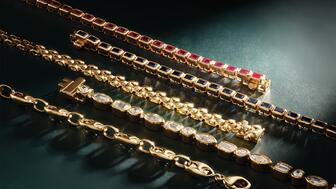
The manufacturer’s holiday campaign features a gift guide filled with trending designs and jewelry that can be personalized.

How Jewelers of America’s 20 Under 40 are leading to ensure a brighter future for the jewelry industry.

The man was charged with theft, accused of ingesting the necklace while in a jewelry store in Auckland, New Zealand.

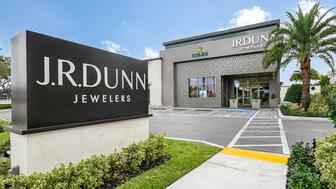
The Florida independent expanded its store from 8,000 to 14,000 square feet, fulfilling the vision of its late co-founder, Jim Dunn.
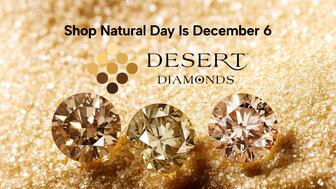
Sponsored by De Beers Group

Roseco’s 704-page catalog showcases new lab-grown diamonds, findings, tools & more—available in print or interactive digital editions.
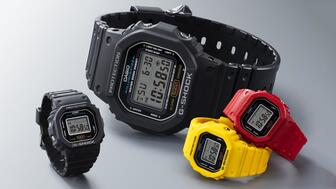
The classic 5600 series G-Shock has been scaled down to about a tenth of its size, becoming a fully functioning watch ring.

The association’s annual conference and gala will take place Feb. 4, 2026, during the Tucson gem shows.

The January show will include a workshop for jewelry retailers on implementing AI to strengthen their businesses.
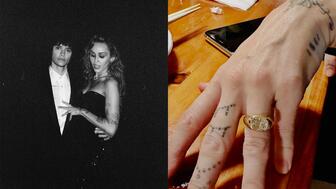
Fellow musician Maxx Morando proposed to the star with a chunky, cushion-cut diamond ring designed by Jacquie Aiche.
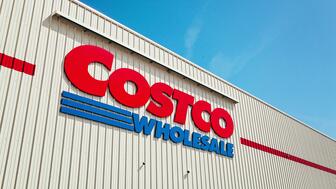
The retailer, which sells billions in fine jewelry and watches, is suing the Trump administration and U.S. Customs and Border Patrol.

Black Friday is still the most popular shopping day over the five-day holiday weekend, as per the National Retail Federation’s survey.
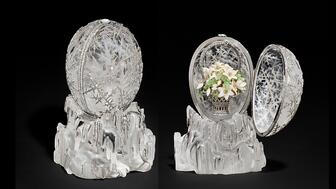
The historic egg, crafted for Russia's ruling family prior to the revolution, was the star of Christie’s recent auction of works by Fabergé.
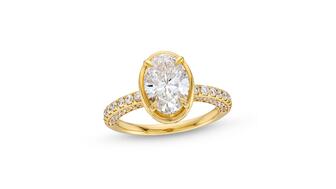
The retailer offered more fashion jewelry priced under $1,000, including lab-grown diamond and men’s jewelry.
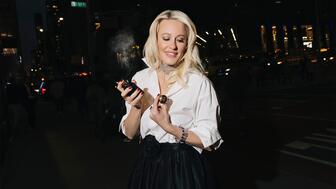
The eau de parfum is held in a fluted glass bottle that mirrors the decor of the brand’s atelier, and its cap is a nod to its “Sloan” ring.

Vivek Gadodia and Juan Kemp, who’ve been serving as interim co-CEOs since February, will continue to lead the diamond mining company.

In addition, a slate of new officers and trustees were appointed to the board.
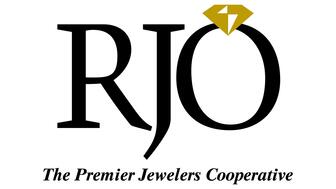
Witt’s Jewelry in Wayne, Nebraska, is the organization’s new milestone member.

Laurs is the editor-in-chief of Gem-A’s The Journal of Gemmology and an expert on the formation of colored gemstone deposits.
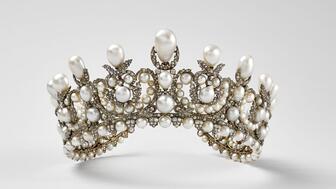
The man, who has a criminal history, is suspected of being the fourth member of the four-man crew that carried out the heist.
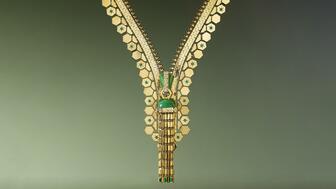
The single-owner collection includes one of the largest offerings of Verdura jewels ever to appear at auction, said Christie’s.
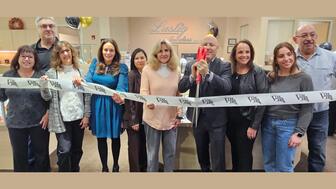
Michael Helfer has taken the reins, bringing together two historic Chicago jewelry names.
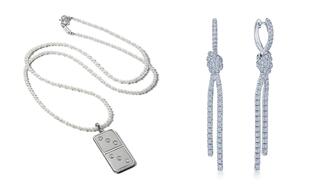
The guide features all-new platinum designs for the holiday season by brands like Harwell Godfrey, Ritani, and Suna.

During its Q3 call, CEO Efraim Grinberg discussed the deal to lower tariffs on Swiss-made watches, watch market trends, and more.
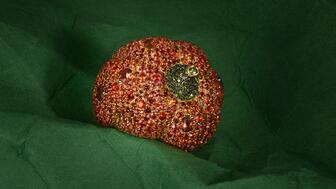
Rosior’s high jewelry cocktail ring with orange sapphires and green diamonds is the perfect Thanksgiving accessory.













